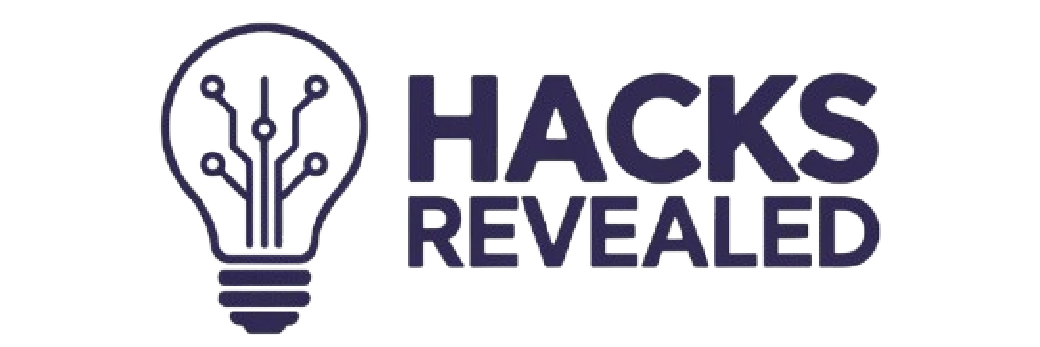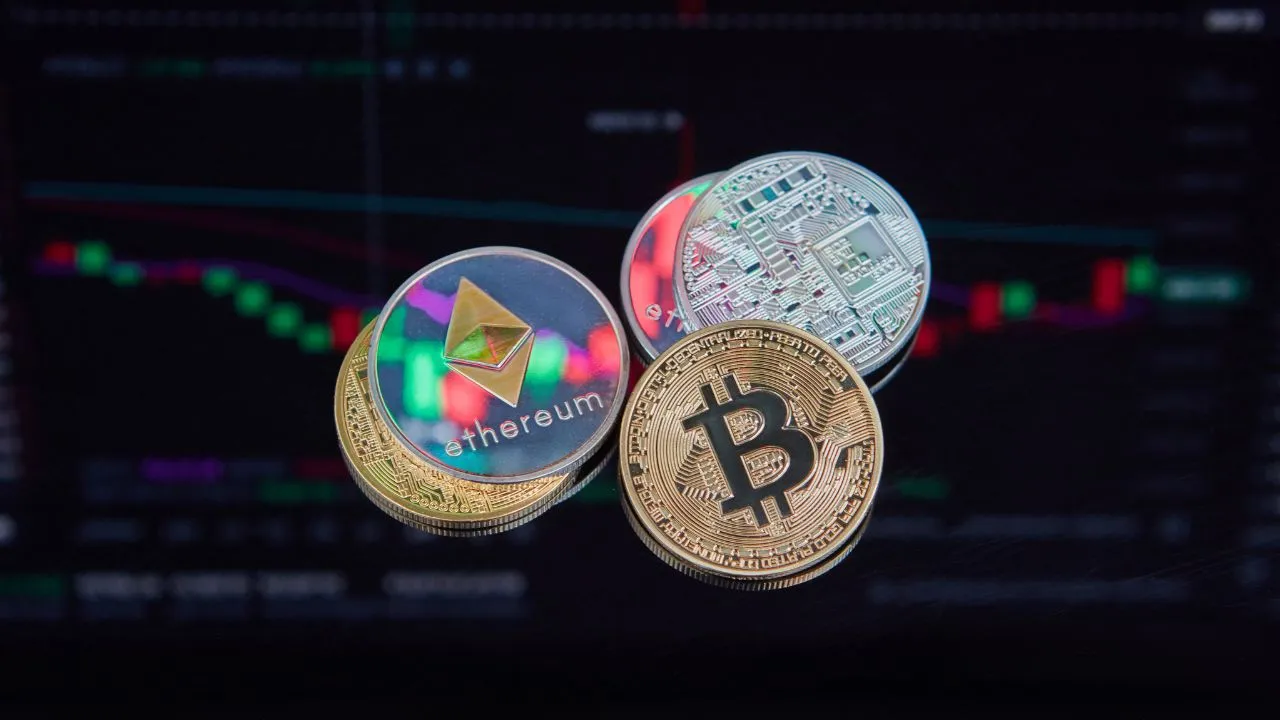Artificial Intelligence (AI) is transforming how individuals interact with technology and how businesses operate.
A significant advancement in this domain is ChatGPT, developed by OpenAI, which is designed to generate human-like responses and handle tasks such as information processing and answering queries.
AI’s influence extends beyond conventional industries and is making notable impacts in the cryptocurrency sector as well.
AI Crypto Coins represent crypto assets that integrate artificial intelligence to enhance user experiences, scalability, and security within blockchain networks.
These tokens support AI-driven projects, ranging from decentralized marketplaces to market prediction models and portfolio management.
AI-powered tokens often come with governance rights, enabling users to participate in decision-making processes and transactions within the ecosystem.
Moreover, AI can be trained to detect illicit activities, analyze market trends, and identify investment opportunities, offering immense potential for the future of the cryptocurrency space.
Snapshot of Trending AI Crypto Coins
| Coin Name | Current Price | Market Capitalization |
|---|---|---|
| Near Protocol (NEAR) | $4.99 | $6.066 billion |
| Internet Computer (ICP) | $8.07 | $3.811 billion |
| Render (RNDR) | $5.31 | $2.746 billion |
| Bittensor (TAO) | $633.89 | $4.681 billion |
| Graph (GRT) | $0.1633 | $1.559 billion |
Near Protocol (NEAR)
Near Protocol is designed to incentivize a network of computers to operate a platform that developers can use to create and launch decentralized applications (dApps).
One of its core features is sharding, a process that splits the network’s infrastructure into segments, allowing nodes to handle only a fraction of the network’s total transactions.
Sharding enhances efficiency and reduces the computing power required to maintain the network.
Near Protocol functions similarly to traditional cloud service providers, such as Amazon Web Services (AWS), allowing applications to be built on top of the platform.
However, unlike centralized solutions, NEAR is operated and maintained by a decentralized network of computers.
Internet Computer (ICP)
The Internet Computer protocol offers the capability to host data, computing processes, user experiences, and content through limitless smart contracts, all on-chain.
This system enables the construction of tamper-proof Web 3.0 applications, including social media platforms, enterprise infrastructure, gaming environments, and virtual reality projects.
Internet Computer provides full-stack decentralization and multi-chain functionality, with a focus on scalability and low environmental impact.
It emphasizes the development of GreenTech Web 3.0 solutions to ensure sustainable blockchain infrastructure.
Render (RNDR)
Render is a distributed GPU network based on the Ethereum blockchain, specializing in rendering visual effects (VFX), animation, and motion graphics.
The Render (RNDR) token serves as the native utility token of the Render network. The platform connects two primary stakeholders: creators and node operators.
Creators use the Render network to access extensive GPU power, which allows them to produce high-quality visual content at faster speeds and reduced costs.
Node operators, who lease their GPU processing power to the network, earn RNDR tokens as compensation for their contributions.
Graph (GRT)
The Graph is a decentralized, open-source protocol that uses distributed ledger technology to gather, index, and organize data independently, eliminating the need for intermediaries.
The protocol acts as a global Application Programming Interface (API), efficiently structuring blockchain data and making it more accessible through the GraphQL query language.
Much like how Google indexes the internet, The Graph indexes blockchain data. However, blockchain indexing poses unique challenges due to the complex structure of smart contracts that store data.
To address this, The Graph uses subgraphs, which serve as open APIs that define how blockchain data should be indexed and retrieved.
The native token of The Graph is GRT, an ERC-20 token that powers the network’s operations and can be stored in Ethereum-compatible wallets.
Bittensor (TAO)
Bittensor is a groundbreaking open-source protocol that powers a decentralized machine-learning network based on blockchain technology.
It creates an environment where machine learning models can collaborate and earn rewards in the form of TAO tokens based on their valuable contributions to the collective intelligence.
Bittensor aims to create a transparent marketplace for artificial intelligence, where consumers and producers can engage in trustless, open, and fair interactions.
The TAO token also grants external users access to the network’s knowledge base while guiding its development to meet specific needs.
ALSO READ:
Final Thoughts
The integration of AI and blockchain technology has given rise to a variety of innovative AI crypto projects. These projects aim to provide secure, efficient AI solutions within blockchain protocols.
Each AI-powered token serves a unique purpose, from enhancing cloud computing services to enabling secure data sharing across decentralized networks.
As AI and blockchain technologies continue to evolve, the role of these AI-driven tokens in shaping the future of the digital world is expected to grow significantly.
However, potential investors should conduct thorough research and due diligence before engaging with AI crypto tokens, as the space remains volatile and rapidly changing.

